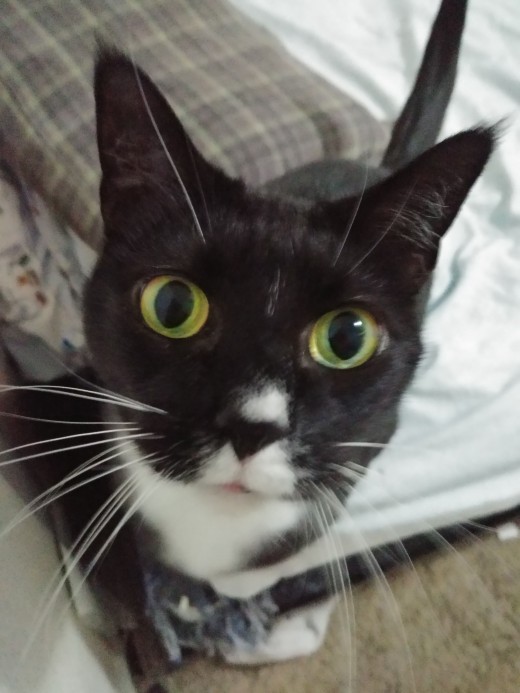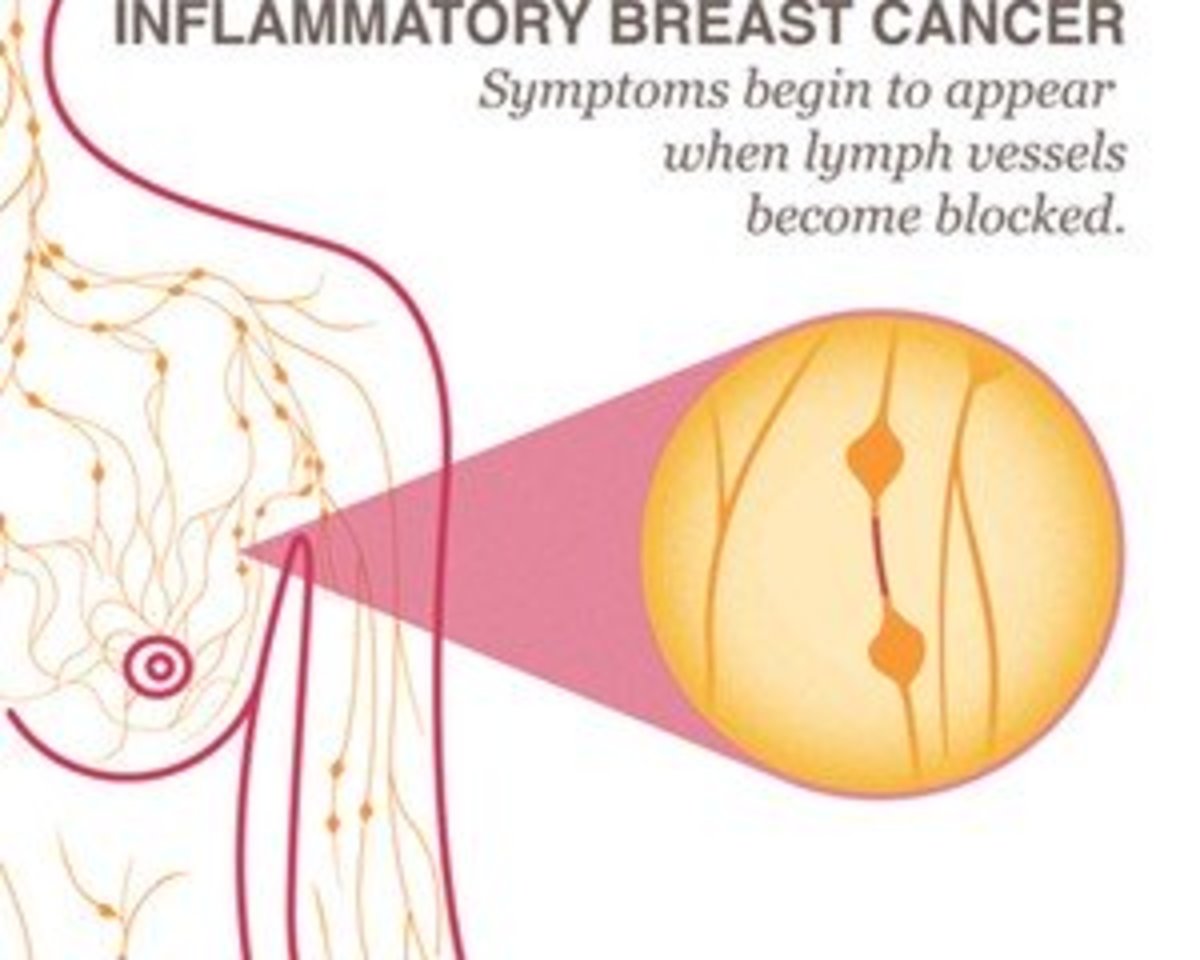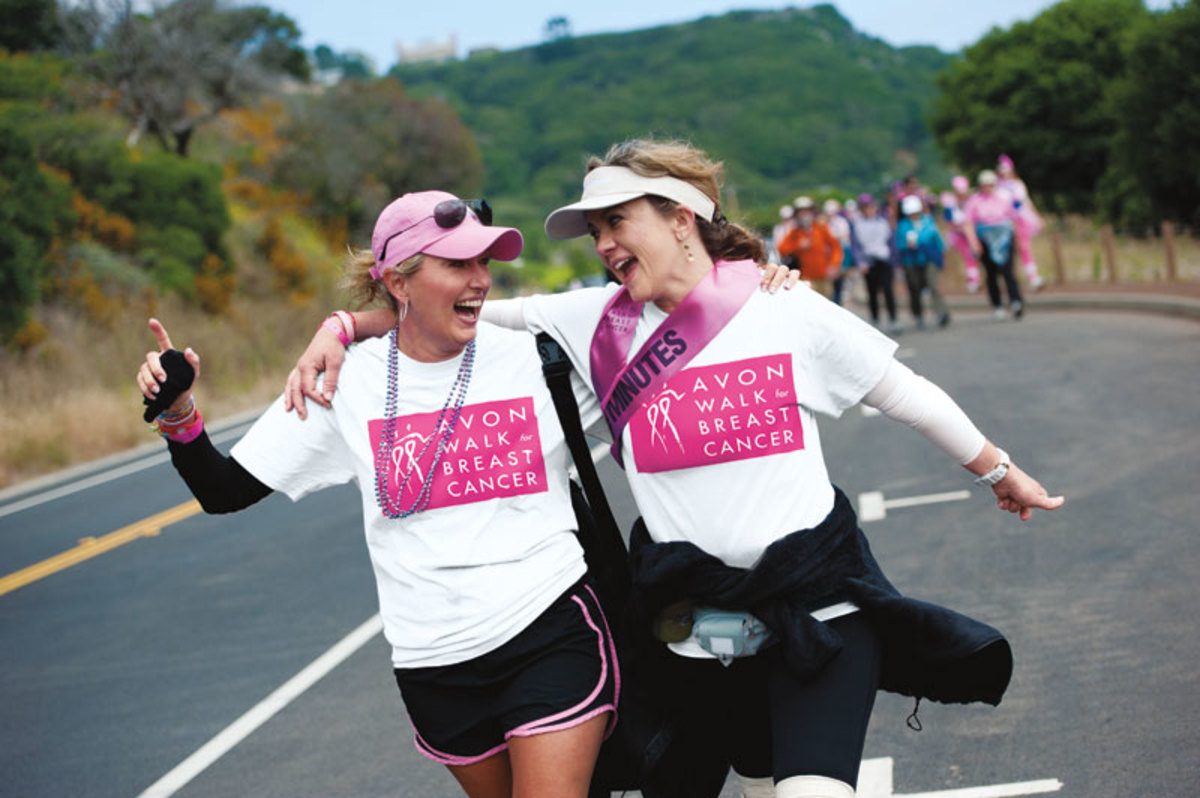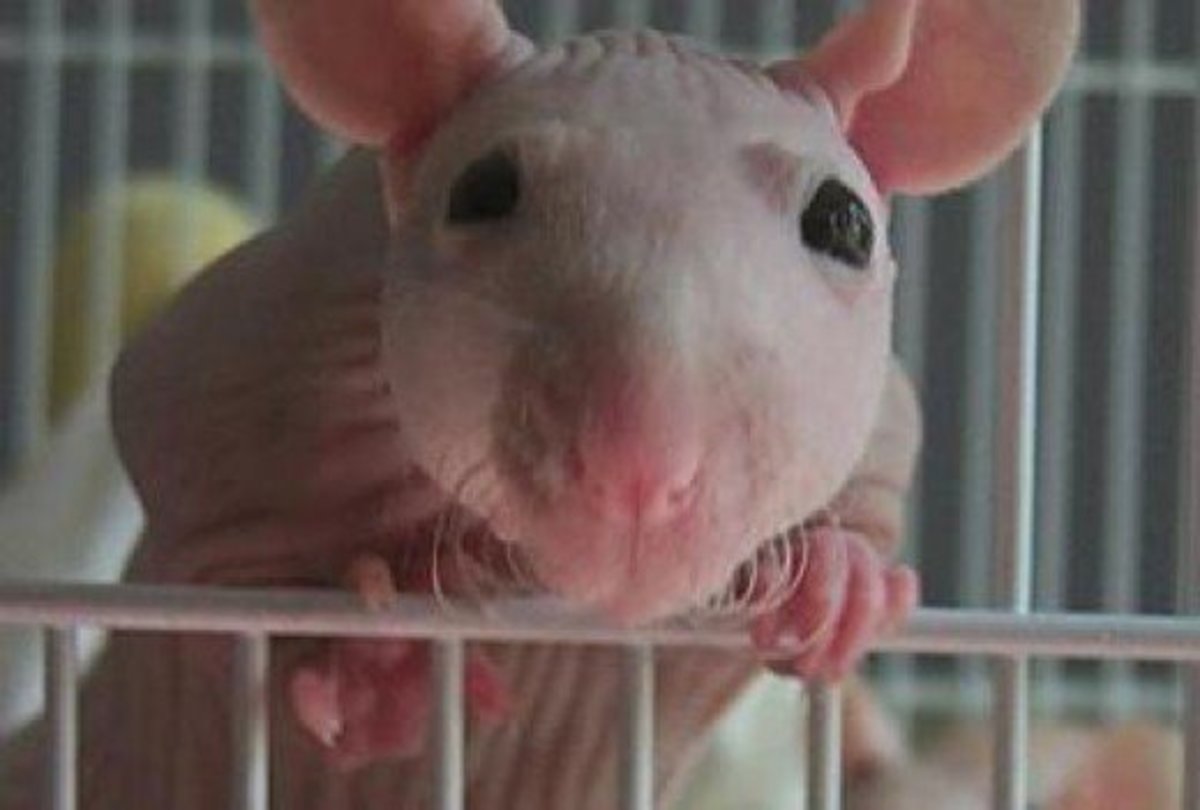Breast Cancer Awareness for Animals
October is National Breast Cancer Awareness month
According to the Center for Disease Control, breast cancer is the leading form of cancer found in women and can occasionally affect men as well. Talk to a doctor about your risk for breast cancer, especially if a close family member of yours had breast or ovarian cancer. Your doctor can help you decide when and how often to get mammograms and if testing for the BRCA1 or BRCA2 mutations is an appropriate step for you. Race, genetic history, and environmental factors can influence when mammograms are most beneficial for your personal circumstances, and which type of mammogram is most effective for you. Although it is approximately 100 times rarer, it is possible for men to develop breast cancer and symptoms such as lumps in the chest area, nipple retraction or discharge should be brought to the attention of a medical specialist as soon as possible. This devastating disease does not stop at humans either; breast cancer can affect our pets as well!
Breast cancer awareness for pets

Companion Animals and Breast Cancer
The breasts are the third most common placement for tumors in female cats, and like humans, it is the most common tumor for dogs and rats. Other rodents, including rabbits, also have a fairly high risk of developing mammary cancers, although the way that they develop can vary. The best way to detect a growing problem at home is to look for and feel for lumps in the affected areas. The bodies of our pets are designed to feed a much larger number of offspring at once than our bodies, so the mammary glands cover a larger area of their bodies. In order to effectively check your pets mammary health you will want to check the area from the armpit to where back legs attach. Check the area for lumps both visually and by touch. A majority of lumps and bumps are not tumors, and not all of those that are tumors are life threatening, but it is best to let a veterinary professional make that call. Most likely, your veterinarian will first do a thorough physical examination of the lump and surrounding areas, and quite often will also get a sample of the tissues that make up lump, usually by using a fine aspirate needle. A biopsy will be performed on the tissue sample to check for cancerous cells. The mammary glands of our pets are connected by blood vessels that facilitate the spread of cells from one gland to another. This means that removal of breast cancer cells in animals may require that a larger area of the breast tissue to be surgically removed, in the event of malignant cancer is discovered. One of the best ways to protect against breast cancer in female animals is to have your pets spayed.

Cancer information specific to dogs
Tumors that develop in the breast tissue of intact female dogs develop most often during middle age which is between five and ten years of age for most breeds. Breast cancer strikes approximately 25% of unspayed female dogs. This drops to 8% for dogs that are spayed after their first estrus and .05% if spayed before their first estrus. Estrus occurs in dogs at some point between six and twenty-four months of age, typically occurring in smaller breed canines earlier than for larger dog breeds.
Fortunately, only 50% of the mammary tumors that are detected end up being malignant. The prognosis, however, is much better if the tissue affected by the cancer is promptly removed and the tumor caught early, so time is of the essence. Dogs often recover from cancer surgery much more quickly than humans as the underlying tissue remains intact. Normal activity can often be resumed in as little as ten days to two weeks after surgery. Chemotherapy or radiation therapy may be sometimes be recommended after surgical removal, but it may not be needed or effective in certain situations. The prognosis for all types of cancer becomes much more grave once cancer cells migrate to the lymph nodes, although many dogs survive this as well, especially if the tumor is a slower growing grade one tumor. Genetics does appear to play a role in dogs just as it does in humans and some breeds of dogs are more likely to develop this and other types of cancers. Some of the notable breeds more prone to breast cancer are Brittany and Cocker spaniels, Poodles, English setters, and Boston and Fox terriers.
- Breast Cancer Survivor Says Dog Alerted Her To Tumor
A Rochester, Minnesota, breast cancer survivor believes that her dog is to thank for first detecting her tumor...

Cancer information specific to cats
The average age for cancer to strike in cats is between ten and fourteen years of age. Although breast tumors are rarer in cats than in dogs, the likelihood of the cancer being malignant hovers somewhere around eighty to ninety percent and has a tendency to spread to the lymph nodes and lungs fairly quickly at which point the prognosis becomes much grimmer. Early detection is key to improved survival rate, so if you detect a lump in the mammary area of your cat, a veterinary professional should assess it as soon as possible. Because of the aggressiveness of the tumors in felines the entire chain of mammary glands is typically removed and in some cases the lymph nodes in that area are removed as a precaution. Although obesity is not proven to cause breast cancer in cats it certainly can mask the appearance of tumors, allowing cancer to spread farther before being caught. Male cats who are taking progesterone based hormone treatments for behavioral problems such as aggression or spraying are at a slightly increased chance of acquiring this type of cancer compared to other male cats. Although Siamese cats and other oriental breeds have a slightly increased risk of cancer, for the most part, the chances of developing mammary cancer appears to be pretty uniform across different breeds and species, including big cats such as lions, leopards, and tigers.
Sources
http://www.cdc.gov/cancer/breast/
http://www.cancerquest.org/feline-mammary-cancer.html
http://www.vetstreet.com/our-pet-experts/why-breast-cancer-isnt-just-a-human-disease
http://www.petmd.com/
http://www.peteducation.com/








